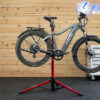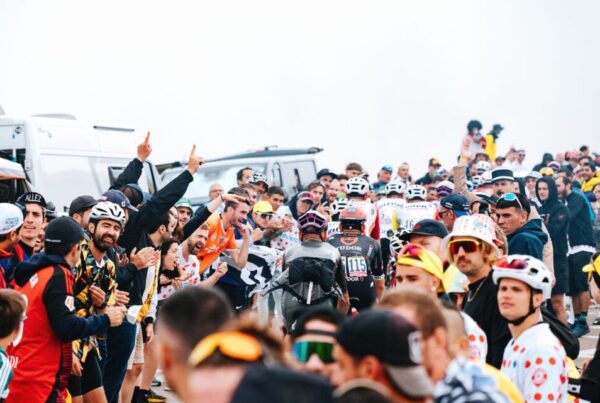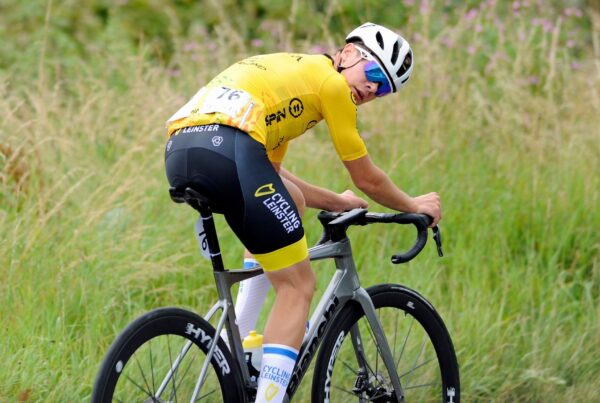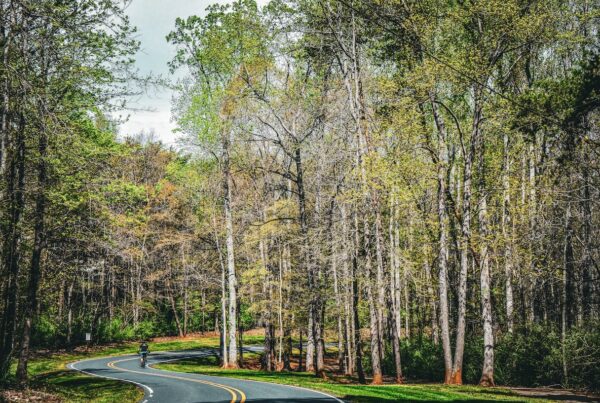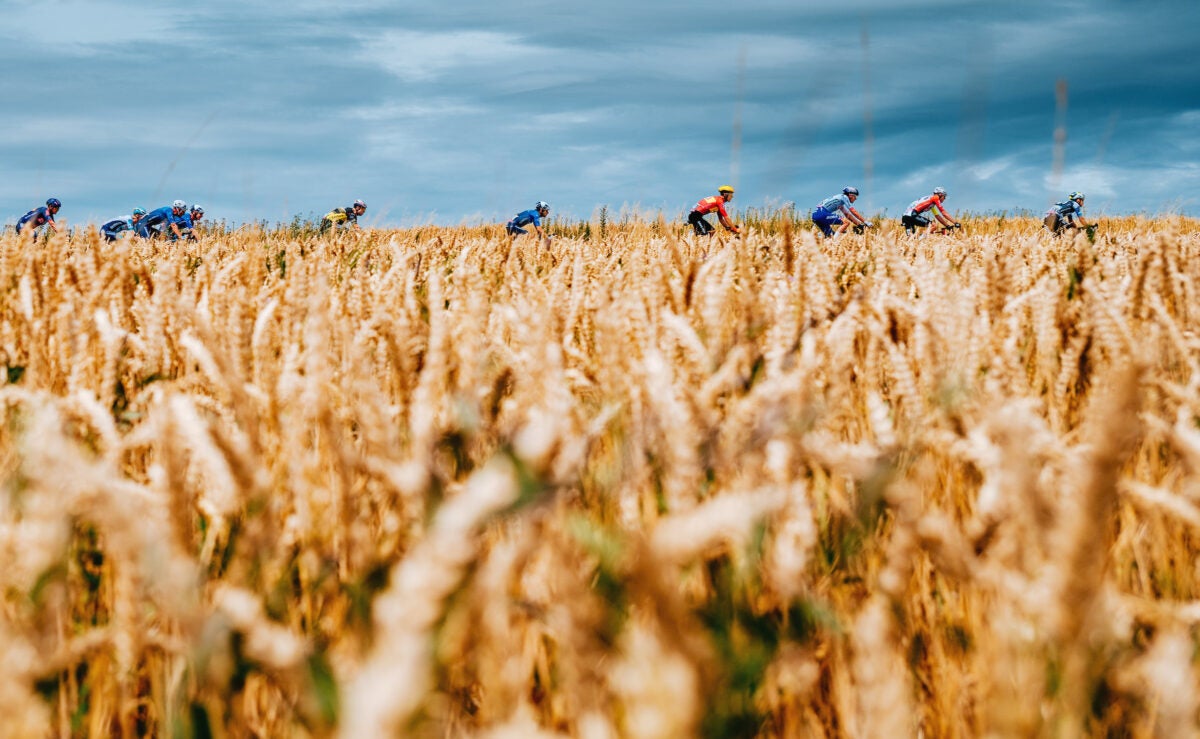
.
.
.
#TourDeFrance #Cycling #SprintStages #BikeRacing #Peloton #MassifCentral #July14 #BastilleDay #Vingegaard #Pogacar #VanDerPoel #RaceStrategy #BikeLife #Cyclisme #FrenchBeer #BaguettesAndCheese
Source link
The 2025 Tour de France has sparked debate among fans and commentators regarding the inclusion of back-to-back sprint stages on the weekend. Thierry Gouvenou, the route-master for the race, defended the decision, acknowledging that the flat stages between Brittany and the Massif Central might not be ideal but are a necessary part of the race’s overall structure. Gouvenou emphasized that not every stage can be super-tough, and these transitional days serve to lower the intensity and allow riders to recover before more demanding segments.
Stage 8 to Laval and Stage 9 to Châtearoux were characterized by long, uneventful stretches followed by chaotic, high-speed sprints. Jonathan Milan claimed victory in Stage 8, but the preceding 160 kilometers were largely devoid of action, leading to criticism from fans on social media. Many labeled the stages as “snoozers” and questioned their purpose. However, Gouvenou explained that the flat terrain between regions left little room for variety, and the goal was to transition smoothly toward the Massif Central.
The peloton, exhausted from the aggressive riding of race favorites Tadej Pogačar, Mathieu van der Poel, and Jonas Vingegaard in earlier stages, welcomed the respite. Vingegaard himself noted that the pace was manageable and that many riders were grateful for the easier day. The calm before the storm appears to be strategic, as Monday’s Bastille Day stage looms as a challenging medium-mountain day packed with fireworks and potential drama.
Gouvenou’s approach reflects a broader philosophy that cycling races need a balance between high-pressure stages and recovery opportunities. Cofidis rider Alexis Renard supported this view, stating that rest days are essential for riders to prepare for tougher challenges ahead. The Tour de France’s grueling three-week format requires careful pacing, and these transitional stages play a crucial role in maintaining the race’s rhythm.
While the flat stages might not satisfy fans craving constant action, they serve as a reminder of the Tour’s unique charm. These moments of calm allow viewers to appreciate the scenic beauty of the French countryside and build anticipation for the explosive battles to come. As the race heads into its second week, the peloton will face more demanding terrain, promising thrilling competition and unpredictability. In the meantime, fans are encouraged to relax, enjoy some French delicacies, and embrace the lull before the storm.

